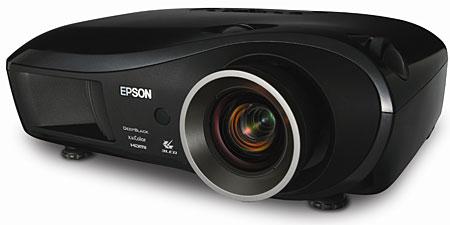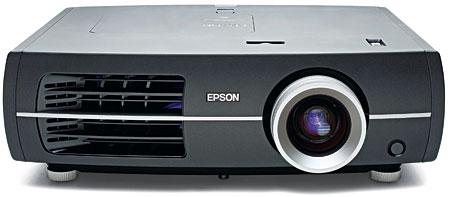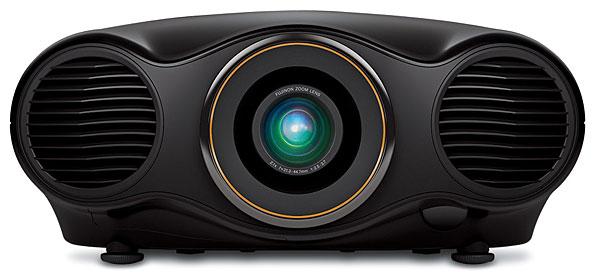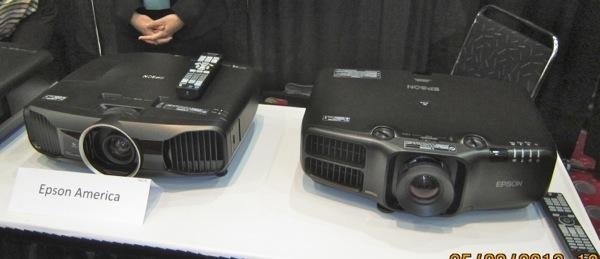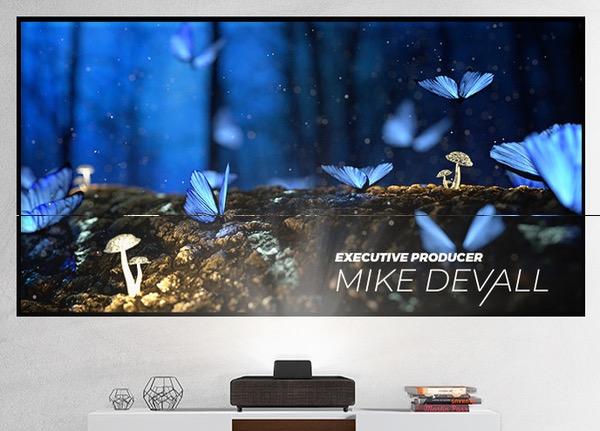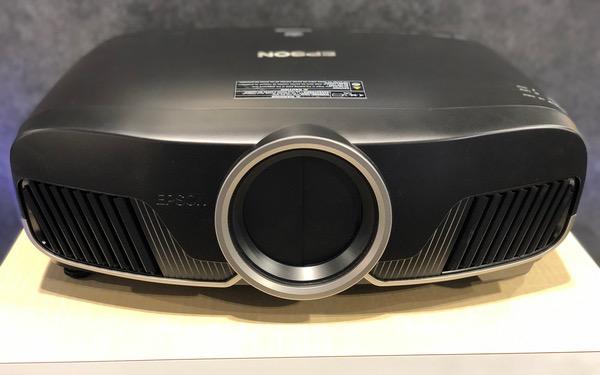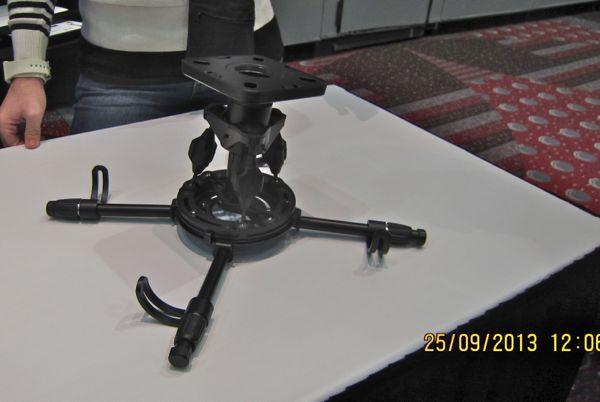Thomas J. Norton
Sort By: Post Date | Title | Publish Date
|
May 08, 2013
|
Jul 06, 2009
|
Jul 21, 2008
|
Mar 01, 2010
|
Apr 06, 2017
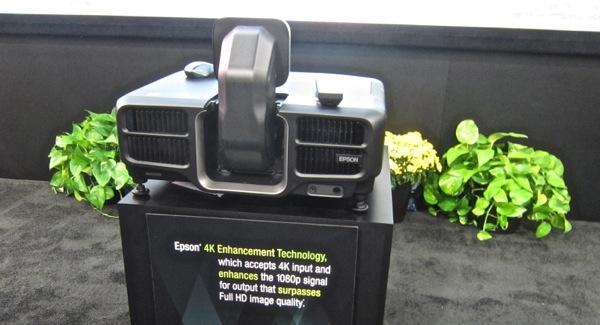
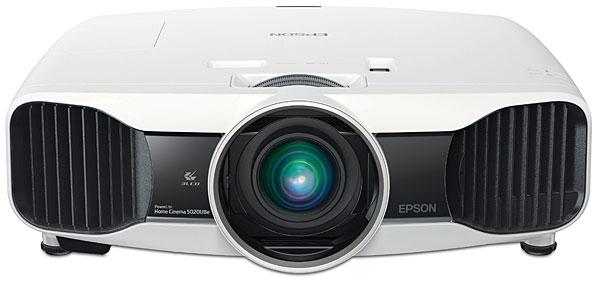

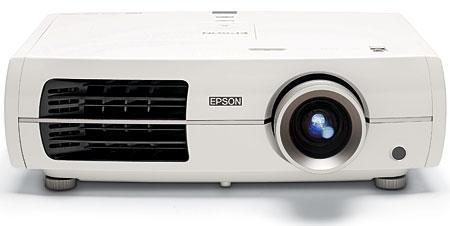
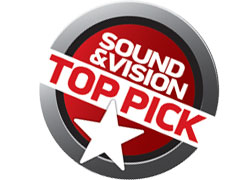 Price: $2,999 At A Glance: Excellent video processing • Superior color and color adjustability • Near state-of-the-art black level • Natural detail
Price: $2,999 At A Glance: Excellent video processing • Superior color and color adjustability • Near state-of-the-art black level • Natural detail
